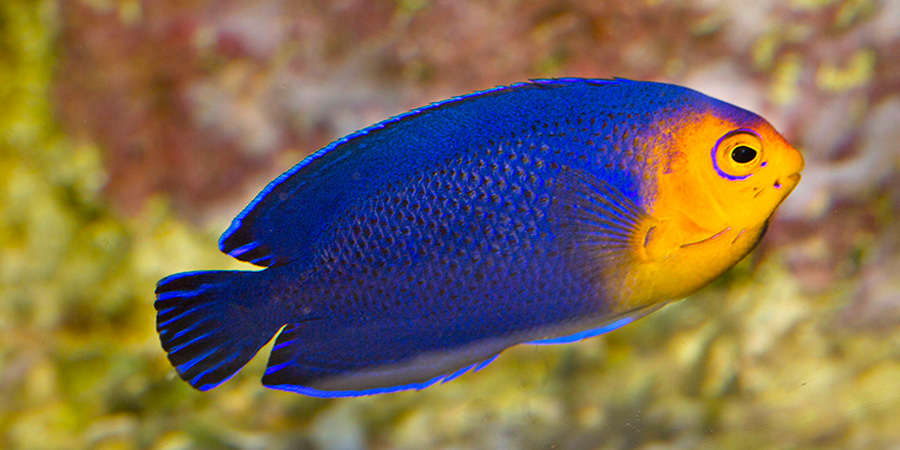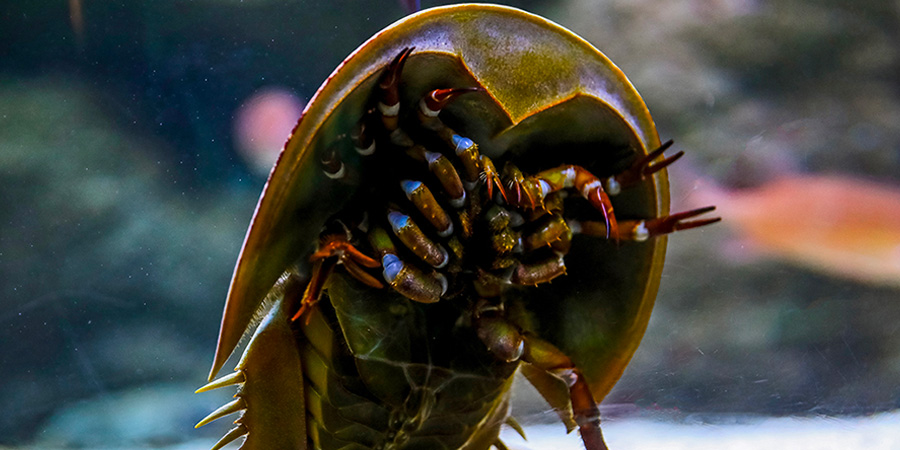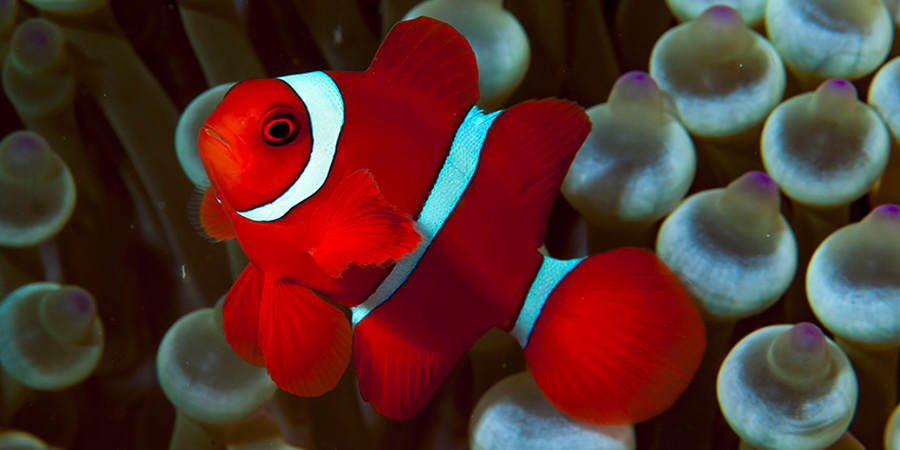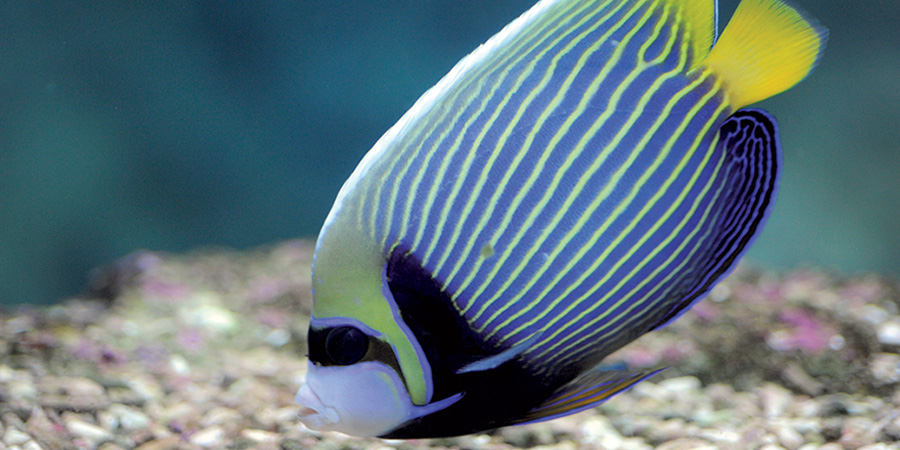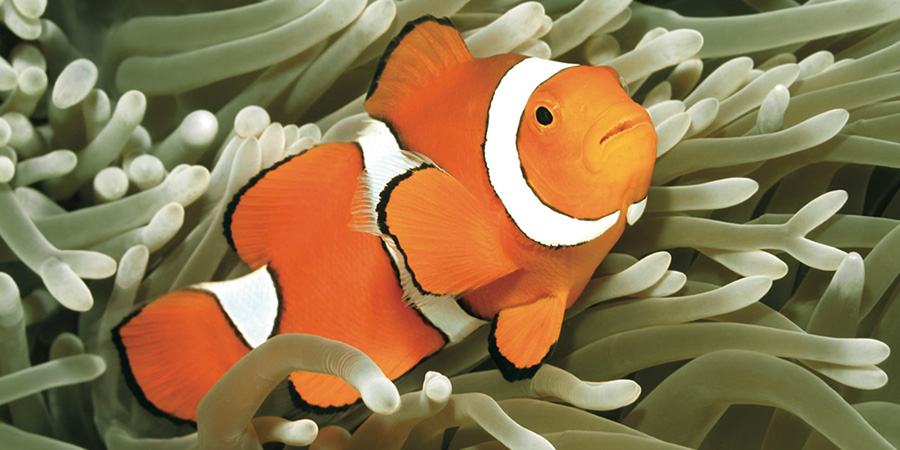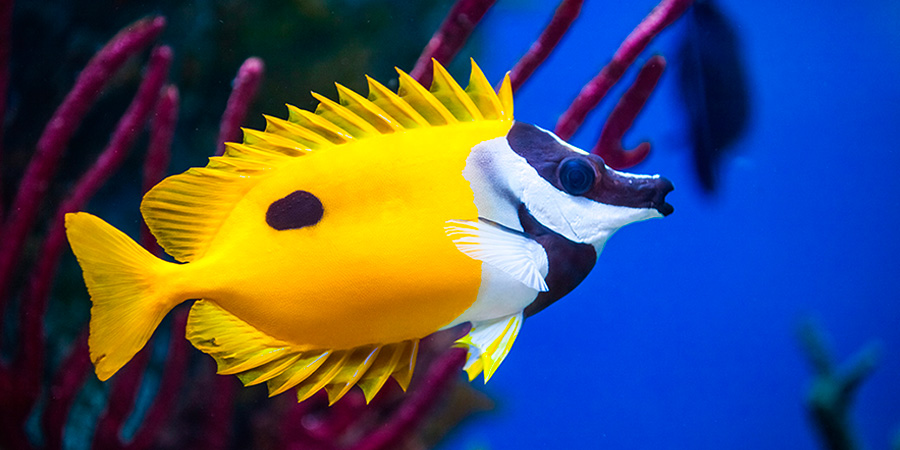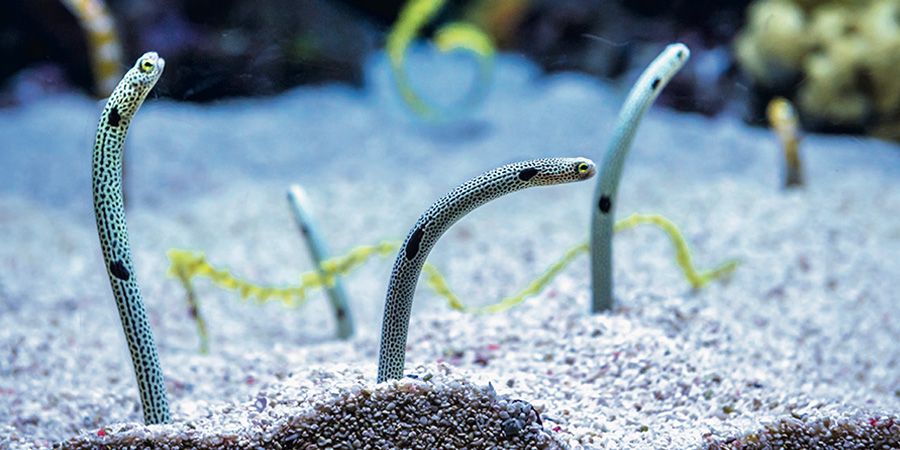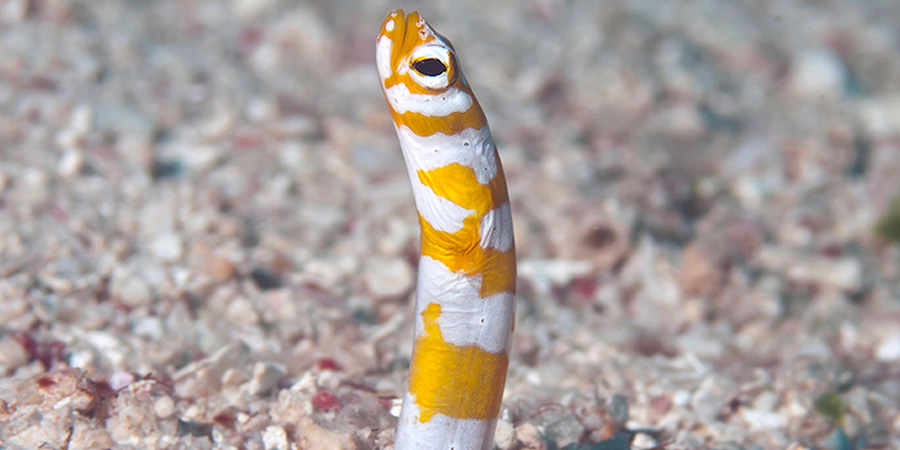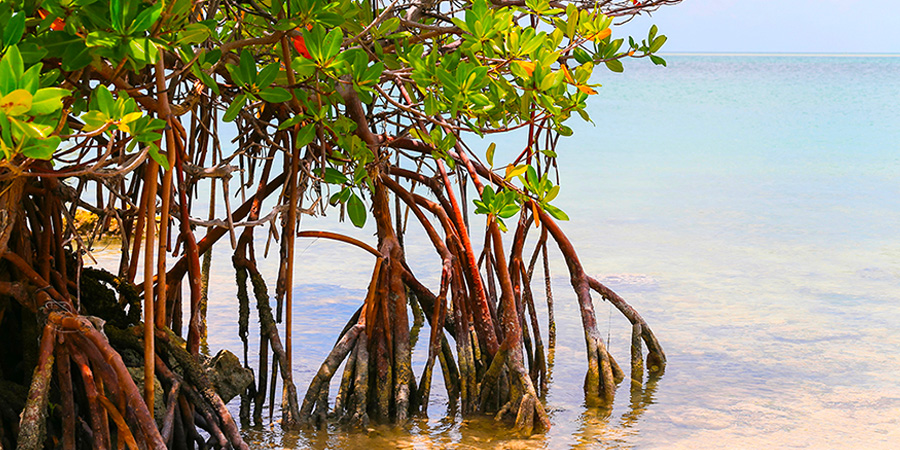
Scientific name : Rhizophora mangle
Family : Rhizophoraceae (true mangroves)
Size : Up to 20 m high
Distribution : Coasts of tropical America and West Africa
Biology : The red mangrove is a fairly typical mangrove tree. This tree does not reproduce via seeds, but via propagules. The propagule is a young pod-shaped tree that plants itself directly in the mud as it falls. The propagule can also travel for months at sea before establishing itself in a new location. This method of reproduction is very advantageous, as a simple seed would have difficulty growing in the mud.
IUCN status : Least concern

